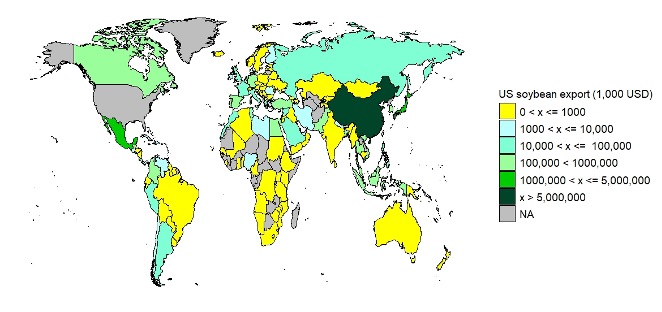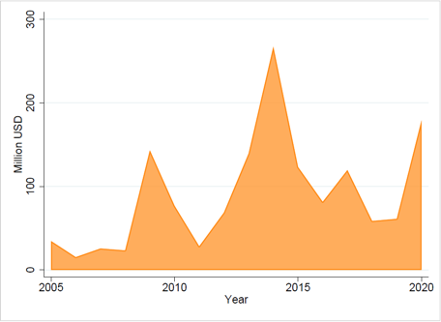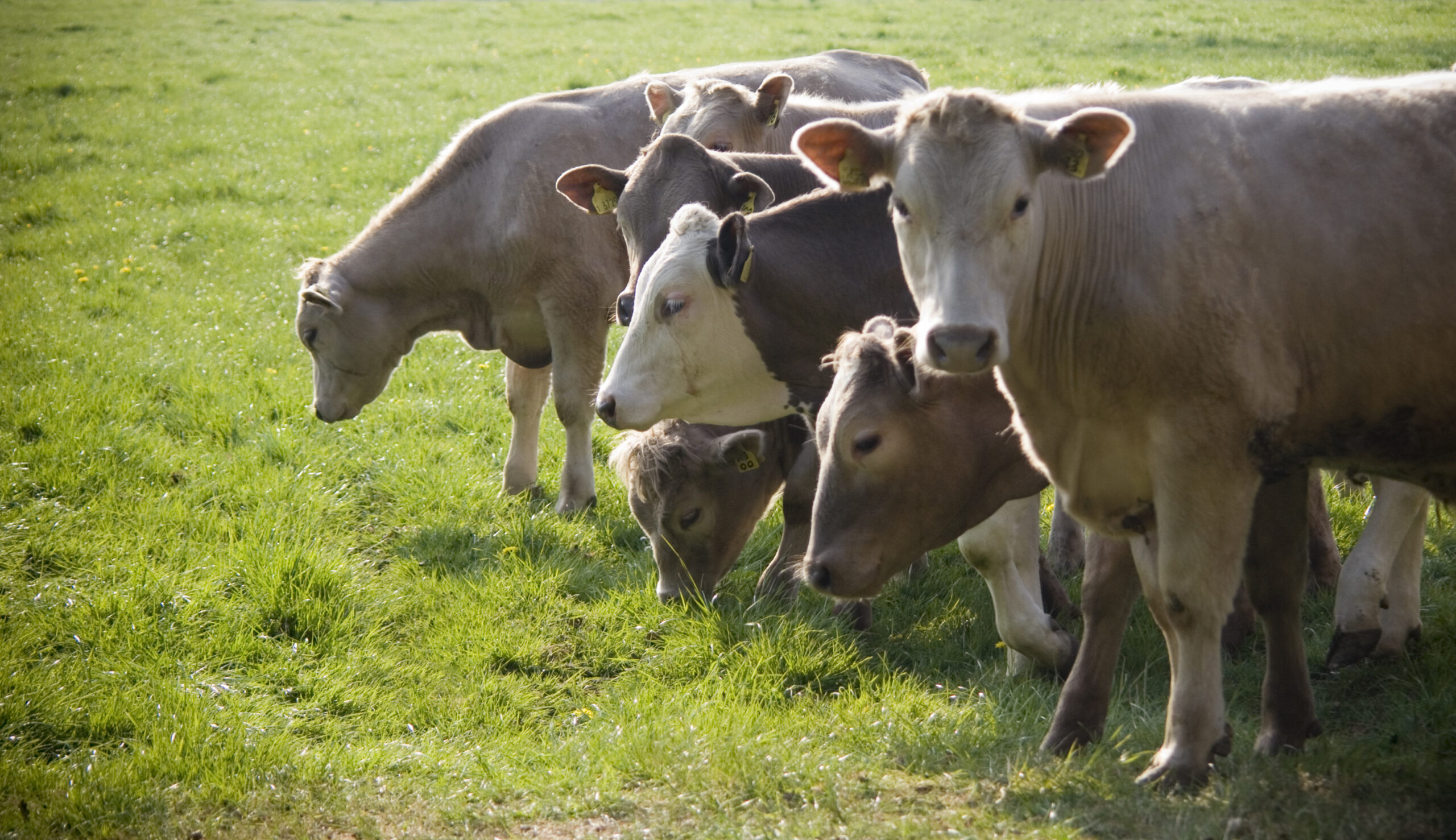I truly enjoyed Phil Kenkel’s Southern Ag Today’s Article “Why Don’t We Start More Cooperatives?” The points and questions he raised got me thinking about cooperative formation opportunities and challenges faced by today’s business owners and society in general.
Recently, Phil’s article again came to mind when someone interviewed me about what it meant to run a cooperative development center: what were the challenges and opportunities? My answer to this question was that we must make cooperatives more relevant and exciting.
Relevance
Certainly, the successful cooperatives we have in the United States are prime examples of relevance: credit unions, mutual insurance companies, cotton gins, peanut shellers, dairy processors, and many more. By relevance, I mean a general awareness of cooperative organization being an option for incorporation.
I also believe we may be on the cusp of a cooperative resurgence. Over 200 years ago, the cooperative movement was largely credited as society’s reaction to the Industrial Revolution, when the workforce had to adjust to mechanized production processes. At the same time, the manufacturing and transportation industries were consolidating into very large firms.
Today, we are amid the Digital Revolution, where society is grappling with information technology and artificial intelligence during a period of consolidation and rapid growth of technology firms, which has immensely changed commerce. Cooperatives may yet again provide society with a response to these trends.
Excitement
How does one get excited about a business structure? Well, a cooperative does have the word “cooperate” embedded in it, so that helps. Also, in its most basic form, cooperative membership equates to one member, one vote, meaning equal voting representation for all its members. So, a cooperative structure also embodies the principles of democracy.
However, my take is that corporate by-laws (although important) are not an exciting rallying point. Rather, what is the purpose of groups coming together? To address common social, economic, or cultural needs, as defined by the National Cooperative Business Association? How about gaining additional power and independence in an economic system where smaller actors are having an increasingly difficult time? All the above reasons seem compelling to me!
The local foods movement has provided plenty of excitement and challenges to this space. A “food hub” is a relatively new business model that encompasses the aggregation, distribution, and marketing of local/regionally produced food products (Bartham, 2010). This definition is remarkably similar to that of a farmers’ cooperative, aside from the fact that some food hubs are non-profit corporations (or other entities) not owned and controlled by farmers.
At the South Carolina Center for Cooperative and Enterprise Development, we have had good results generating excitement about cooperatives focusing on these current trends. Within the past 4 years, we have started eight new cooperatives, each addressing issues important to their members. Some examples:
Once started, of course, the work does not end. Keeping cooperatives running smoothly and efficiently is also necessary. Thankfully, there are many sources of support.
Assistance for Cooperative Development
Like the SC Center for Cooperative Development at Clemson University, many land-grant universities have cooperative centers that help train new board members and develop current board members. There is also CooperationWorks!, a non-profit that supports both land-grant and non-land-grant cooperative development centers. A map of development centers can be found on their website, along with many good supporting materials.
The USDA Rural Development encourages cooperative development and helps fund cooperative development through its Rural Cooperative Development Grants, gives priority points to cooperatives on its Value-Added Producer Grants, and provides direct assistance to minority-owned cooperatives through its Socially Disadvantaged Groups Grant.
Returning to Phil Kenkel’s article with his last line quoted, “Perhaps we just need to recycle some good old ideas!” seems appropriate to repeat. Maybe I would modify it just slightly to “recycle and repackage.”
Resources and References
Bartham, J. (2010). Getting to Scale with Regional Food Hubs. USDA Rural Development website accessed 7.17.2024. https://www.usda.gov/media/blog/2010/12/14/getting-scale-regional-food-hubs
CooperationWorks! The National Cooperative Development Network. Cooperative Development Locations. Website accessed 7.17.2024. https://cooperationworks.coop/member-locator/#search
Kenkel, P. (2024). Why Don’t We Start More Cooperatives? Southern Ag Today. https://southernagtoday.org/2024/05/17/why-dont-we-start-more-cooperatives/
National Cooperative Business Association. (2024). What is a Coop? NCBA website accessed 7.17.2024 https://ncbaclusa.coop/resources/what-is-a-co-op/
South Carolina Center for Cooperative and Enterprise Development (2024). Website accessed 7.17.2024. https://coopcentersc.org/
South Carolina Department of Agriculture (2022). New Beef Co-op Seeks to Expand Processing, Create SC Beef Product. SC Department of Agriculture News Release. https://agriculture.sc.gov/new-beef-co-op-aims-to-expand-processing-create-sc-beef-product/
South Carolina Department of Agriculture (2024). New Cut Flower Co-op Working to Market South Carolina Blooms. SC Department of Agriculture News Release. https://cooperationworks.coop/success_stories/new-cut-flower-co-op-working-to-market-wholesale-south-carolina-blooms/
United States Department of Agriculture, National Institute of Food and Agriculture. Land Grant Colleges and Universities (2019). Website accessed 7.17.2024. https://www.nifa.usda.gov/sites/default/files/resource/LGU-Map-03-18-19.pdf
United States Department of Agriculture, Rural Development (2022). Preserving Seafood Heritage by Bringing in Next Generation. Rural Development Success Stories. Website accessed 7.17.2024. https://www.rd.usda.gov/newsroom/success-stories/preserving-seafood-heritage-bringing-next-generation
United States Department of Agriculture, Rural Development (2022). Gullah Coop: Growing Food, Preserving Culture. Rural Development Success Stories. Website accessed 7.17.2024. https://www.rd.usda.gov/newsroom/success-stories/gullah-co-op-growing-food-preserving-culture
United States Department of Agriculture, Rural Development (2024). Website accessed 7.17.2024. Webpage resources:
Service Center Locator https://www.rd.usda.gov/browse-state
Rural Cooperative Development Grant https://www.rd.usda.gov/programs-services/business-programs/rural-cooperative-development-grant-program
Value Added Producer Grant https://www.rd.usda.gov/programs-services/business-programs/value-added-producer-grants
Socially Disadvantaged Groups Grant https://www.rd.usda.gov/programs-services/business-programs/socially-disadvantaged-groups-grant
Richards, Steven. “Making Cooperatives More Relevant and Exciting.” Southern Ag Today 4(33.5). August 16, 2024. Permalink









